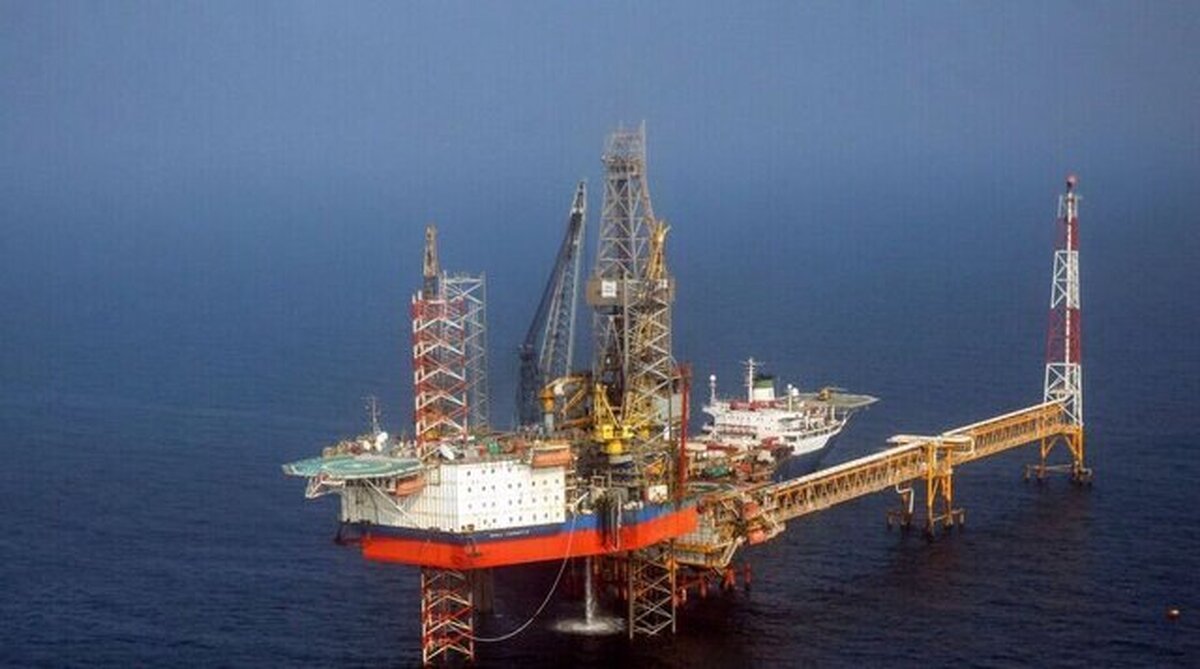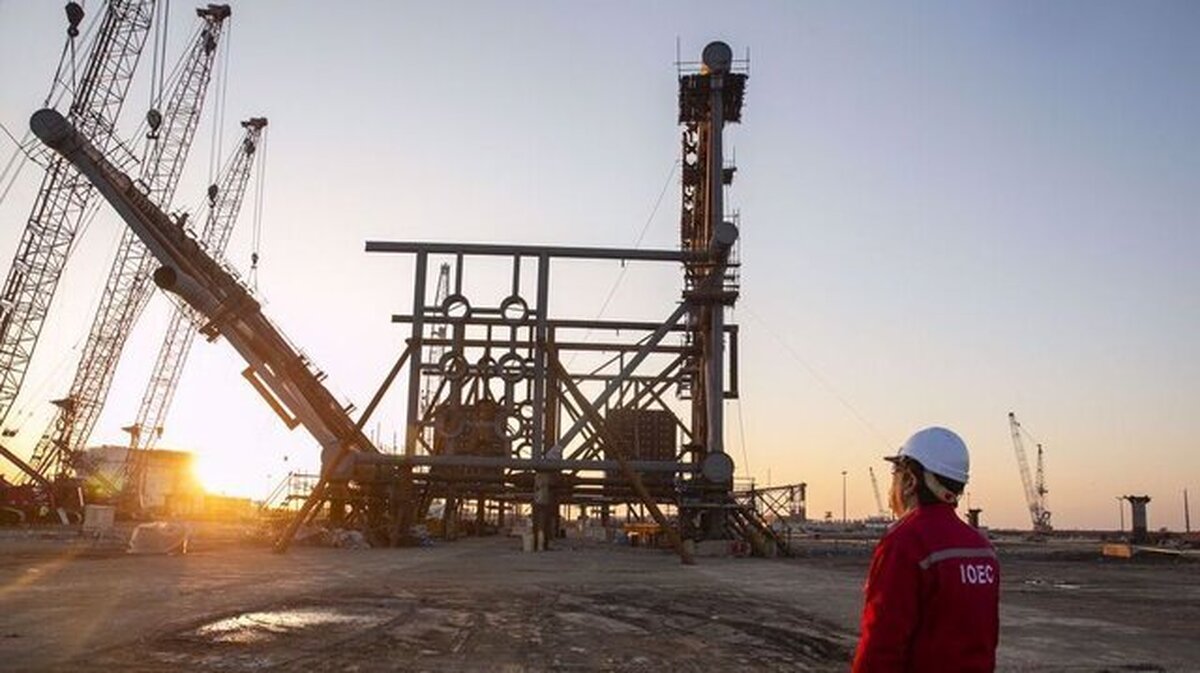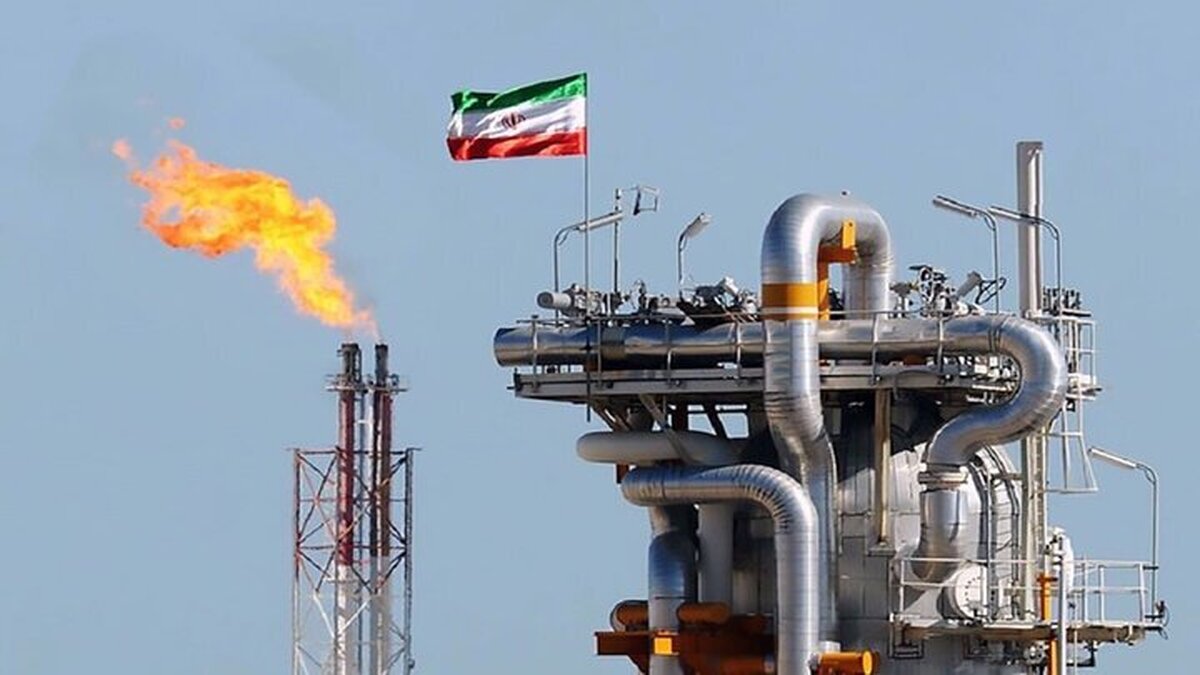
Iran Gas Use, Exports Surveyed
EghtesadOnline: The state-run National Iranian Gas Company has injected close to 126 billion cubic meters of gas into the Iran Gas Trunkline (IGAT) since the beginning of the current fiscal year (March 2021-22), which is 3 bcm more compared to a year ago, the head of NIGC’s Dispatching Department said.
“Of the total output, 118 bcm were either sent to storage facilities or consumed domestically, and the rest was exported,” Mohammad Reza Joulaei was also quoted as saying by ILNA.
Giving a breakdown on domestic use, he said thermal power stations accounted for the major share of consumption at 46 bcm in the six months, up 4 bcm compared to the previous year.
Almost 92% of Iran’s electricity (60,000 megawatts) are produced by 123 power stations, most of which run on natural gas.
Joulaei said gas consumption in industries, namely petrochemical and cement factories, stood at 24 bcm, which indicate no change compared to 2019, while gas delivery to households and the commercial sector reached 38 bcm during the period, 2 bcm less than a year ago.
Approximately 10 bcm were stored in Sarajeh and Shourijeh storage facilities in Qom and the three Khorasan provinces or injected into oil wells, he added.
Referring to exports, the official said 8 bcm were sold to Iraq and Turkey in the 180-day period. Neighboring Armenia and Azerbaijan also buy gas from Iran via swap deals.
“NIGC produces upwards of 980 million cubic meters a day that are mostly used to meet domestic demand,” he added.
According to Joulaei, daily gas consumption in the three sectors is now around 580 mcm/d that is expected to exceed 1 bcm/d in winter.
The weatherman has forecast a cold winter this year, because of which gas delivery to power stations will be cut to 50 mcm/d unless families rethink their high consumption patterns.
Forex Revenue
Supplying gas to power plants, instead of liquefied fuels such as diesel and mazut, has not only curbed air pollution but also increased foreign currency revenue.
Joulaei noted that air pollution has been a challenge in the cold season for more than a decade, as consumption of diesel and mazut increases in power plants.
“However, the government has started substituting liquefied fuels with natural gas in the power plants,” he added.
Iran has abundant natural gas deposits and it is more cost-effective to use gas for power generation instead of liquid fuels.
NIGC has managed to substantially raise gas production, especially from the giant South Pars Gas Field in the Persian Gulf to meet the growing needs of power plants. However, household demand was so high last winter that gas delivery to power plants was cut by half.
While average global gas consumption has risen by 2% in the past three decades, demand in Iran has hiked by a massive 4% during the same period.
"Such a consumption pattern must change, or else there will another energy crisis,” experts have regularly warned.
Due to the outbreak of the deadly respiratory disease and the need to comply with hygiene protocols, families wash their hands and appliances frequently and prefer warm water that is why water heating systems, almost all of which use gas, are being used more than in the recent past, he recalled.
Local Manufacturers
On the role of local manufacturers in promoting the key gas sector, the NIGC official said the gas industry is focused on domestic capabilities and most items used in the distribution sector are made by local firms.
“In recent years, NIGC has linked more than 15,000 villages and every year, almost 1,000 kilometers of gas pipelines are laid across the country, thanks to the efforts of local engineers”, he added.
Iran has one of the largest gas networks in the world. Close to 40,000 km of high-pressure gas pipelines have been laid in four decades and there are plans to add 5,000 km by 2026.
In terms of gas infrastructure, Iran tops the list in Asia and is third in the world after Russia and the US.
Iran is burning record amounts of natural gas, which is way higher than the global average. While average global gas consumption has risen by 1.65% in three decades, demand for the fuel in Iran has shot up by 4.2% in the same period.
IGAT is a series of nine large diameter pipelines built to supply gas from refineries in the south (Khuzestan and Bushehr provinces) across the country.
SP has 24 phases all of which (except Phase 11) are now operational. The field, which Iran shares with Qatar, covers 9,700 square kilometers, 3,700 square kilometers of which (South Pars) are in Iran’s territorial waters and the rest is owned by Qatar.




